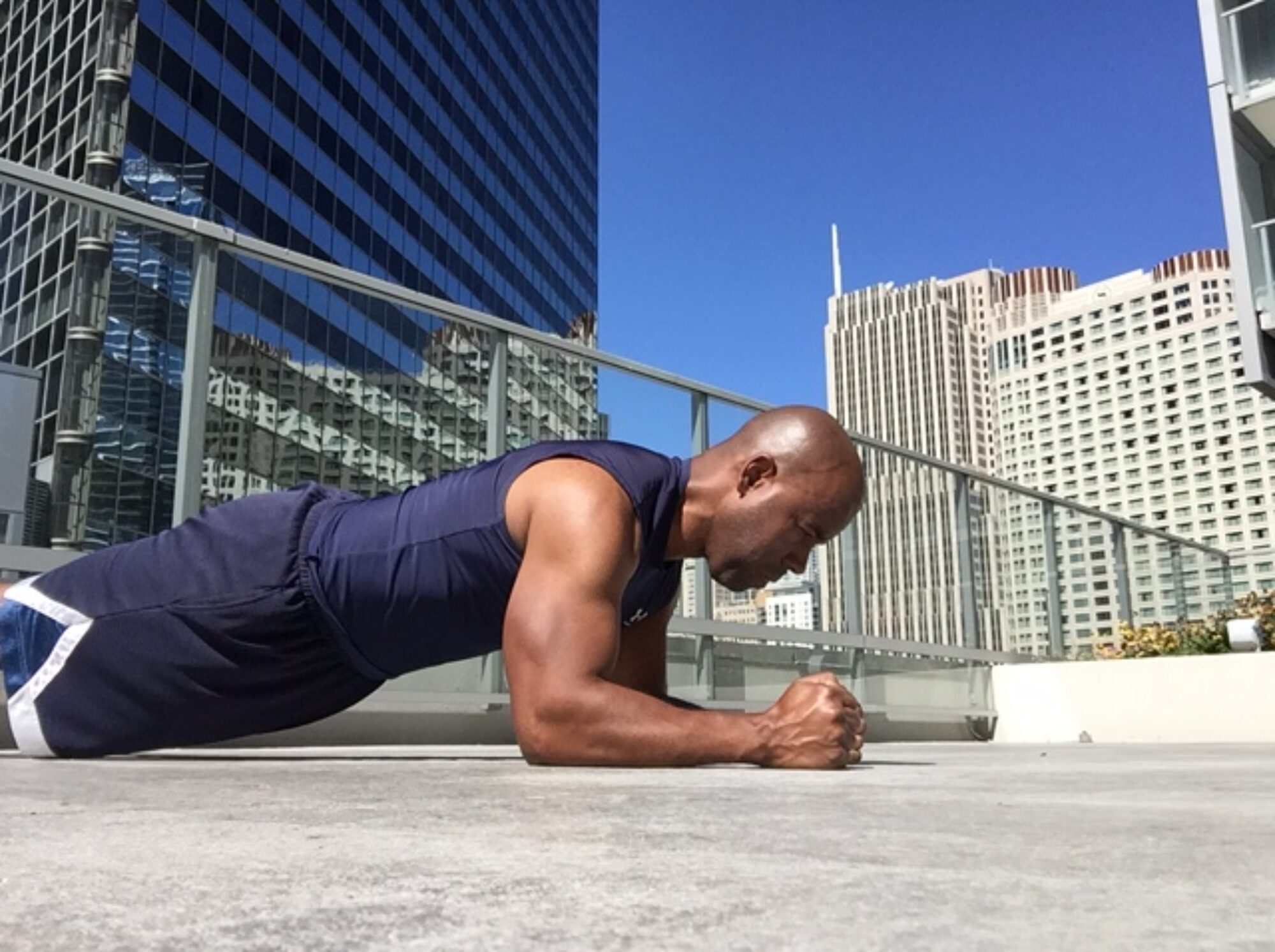——=_Part_354_1508383579.1635167269689
Content-Type: multipart/alternative;
boundary=”—-=_Part_355_1135549567.1635167269689″
——=_Part_355_1135549567.1635167269689
Content-Type: text/plain; charset=us-ascii
Content-Transfer-Encoding: 7bit
Content-Disposition: inline
 |
|||||||||||||||
|
|
Weekly Summary for Week of Mon, Oct 18th
for Keven
| Daily Summary | |||||||
| Budget | Food | Exercise | Net | +/- | Weight (lbs) | Recorded Weight? | |
| 10/18/21 | 3,013 | 0 | 0 | 0 | -3,013 | 169.9 | N |
| 10/19/21 | 3,013 | 0 | 0 | 0 | -3,013 | 169.9 | N |
| 10/20/21 | 3,013 | 0 | 0 | 0 | -3,013 | 169.9 | N |
| 10/21/21 | 3,013 | 0 | 0 | 0 | -3,013 | 169.9 | N |
| 10/22/21 | 3,013 | 0 | 0 | 0 | -3,013 | 169.9 | N |
| 10/23/21 | 3,013 | 0 | 0 | 0 | -3,013 | 169.9 | N |
| 10/24/21 | 3,013 | 0 | 0 | 0 | -3,013 | 169.9 | N |
| -0 calories over budget for the week | |||||||
|
No change in weight this week as measured from a starting weight of 169.9 lbs on October 17th. |
|||||||
| Carbohydrates | Fats | Protein | Carbohydrates(g) | Fat(g) | Sugar | Net Carbohydrates(g) | Cholesterol | Protein(g) | Fiber | Sodium | Water Intake | Fitbit Calories | Body Fat | Waist Size | Blood Glucose (mg/dL avg) | Exercise Minutes | Blood Pressure (avg) | Steps | Sleep Hours | |
| 10/18/21 |
– |
– |
– |
– |
– |
– |
– |
– |
– |
– |
– |
– |
2,580cals |
– |
– |
– |
0 hrs |
– |
4,422 |
5hrs 30min |
| 10/19/21 |
– |
– |
– |
– |
– |
– |
– |
– |
– |
– |
– |
– |
2,624cals |
– |
– |
– |
0 hrs |
– |
7,016 |
5hrs 39min |
| 10/20/21 |
– |
– |
– |
– |
– |
– |
– |
– |
– |
– |
– |
– |
2,334cals |
– |
– |
– |
0 hrs |
– |
5,406 |
6hrs 53min |
| 10/21/21 |
– |
– |
– |
– |
– |
– |
– |
– |
– |
– |
– |
– |
2,609cals |
– |
– |
– |
0 hrs |
– |
8,506 |
4hrs 48min |
| 10/22/21 |
– |
– |
– |
– |
– |
– |
– |
– |
– |
– |
– |
– |
2,400cals |
– |
– |
– |
0 hrs |
– |
4,232 |
5hrs 43min |
| 10/23/21 |
– |
– |
– |
– |
– |
– |
– |
– |
– |
– |
– |
– |
2,496cals |
– |
– |
– |
0 hrs |
– |
4,710 |
7hrs 38min |
| 10/24/21 |
– |
– |
– |
– |
– |
– |
– |
– |
– |
– |
– |
– |
2,327cals |
– |
– |
– |
0 hrs |
– |
4,300 |
5hrs 39min |
| Exercise Summary | Calories | |
| Fitbit Adjustment | 0 Min | 0 |
| Total | 0 | |
Coaching a Lose It! user? Learn more about Ascend for Lose It!
This email was sent to keven@kevenbrown.com.
Unsubscribe from this report
Unsubscribe from all emails
Lose It!, 101 Tremont Street, Floor 9, Boston, MA 02108.
www.loseit.com
——=_Part_355_1135549567.1635167269689
Content-Type: text/html; charset=us-ascii
Content-Transfer-Encoding: 7bit
Content-Disposition: inline
 |
|||||||||||||||
|
|
Weekly Summary for Week of Mon, Oct 18th
for Keven
| Daily Summary | |||||||
| Budget | Food | Exercise | Net | +/- | Weight (lbs) | Recorded Weight? | |
| 10/18/21 | 3,013 | 0 | 0 | 0 | -3,013 | 169.9 | N |
| 10/19/21 | 3,013 | 0 | 0 | 0 | -3,013 | 169.9 | N |
| 10/20/21 | 3,013 | 0 | 0 | 0 | -3,013 | 169.9 | N |
| 10/21/21 | 3,013 | 0 | 0 | 0 | -3,013 | 169.9 | N |
| 10/22/21 | 3,013 | 0 | 0 | 0 | -3,013 | 169.9 | N |
| 10/23/21 | 3,013 | 0 | 0 | 0 | -3,013 | 169.9 | N |
| 10/24/21 | 3,013 | 0 | 0 | 0 | -3,013 | 169.9 | N |
| -0 calories over budget for the week | |||||||
|
No change in weight this week as measured from a starting weight of 169.9 lbs on October 17th. |
|||||||
| Carbohydrates | Fats | Protein | Carbohydrates(g) | Fat(g) | Sugar | Net Carbohydrates(g) | Cholesterol | Protein(g) | Fiber | Sodium | Water Intake | Fitbit Calories | Body Fat | Waist Size | Blood Glucose (mg/dL avg) | Exercise Minutes | Blood Pressure (avg) | Steps | Sleep Hours | |
| 10/18/21 |
– |
– |
– |
– |
– |
– |
– |
– |
– |
– |
– |
– |
2,580cals |
– |
– |
– |
0 hrs |
– |
4,422 |
5hrs 30min |
| 10/19/21 |
– |
– |
– |
– |
– |
– |
– |
– |
– |
– |
– |
– |
2,624cals |
– |
– |
– |
0 hrs |
– |
7,016 |
5hrs 39min |
| 10/20/21 |
– |
– |
– |
– |
– |
– |
– |
– |
– |
– |
– |
– |
2,334cals |
– |
– |
– |
0 hrs |
– |
5,406 |
6hrs 53min |
| 10/21/21 |
– |
– |
– |
– |
– |
– |
– |
– |
– |
– |
– |
– |
2,609cals |
– |
– |
– |
0 hrs |
– |
8,506 |
4hrs 48min |
| 10/22/21 |
– |
– |
– |
– |
– |
– |
– |
– |
– |
– |
– |
– |
2,400cals |
– |
– |
– |
0 hrs |
– |
4,232 |
5hrs 43min |
| 10/23/21 |
– |
– |
– |
– |
– |
– |
– |
– |
– |
– |
– |
– |
2,496cals |
– |
– |
– |
0 hrs |
– |
4,710 |
7hrs 38min |
| 10/24/21 |
– |
– |
– |
– |
– |
– |
– |
– |
– |
– |
– |
– |
2,327cals |
– |
– |
– |
0 hrs |
– |
4,300 |
5hrs 39min |
| Exercise Summary | Calories | |
| Fitbit Adjustment | 0 Min | 0 |
| Total | 0 | |
Coaching a Lose It! user? Learn more about Ascend for Lose It!
This email was sent to keven@kevenbrown.com.
Unsubscribe from this report
Unsubscribe from all emails
Lose It!, 101 Tremont Street, Floor 9, Boston, MA 02108.
www.loseit.com
——=_Part_355_1135549567.1635167269689–
——=_Part_354_1508383579.1635167269689
Content-Type: application/octet-stream;
name=”Weekly Report (252562) 20211018.csv”
Content-Transfer-Encoding: 7bit
Content-Disposition: attachment;
filename=”Weekly Report (252562) 20211018.csv”
Date,Name,Icon,Type,Quantity,Units,Calories,Deleted,Fat (g),Protein (g),Carbohydrates (g),Saturated Fat (g),Sugars (g),Fiber (g),Cholesterol (mg),Sodium (mg)
10/25/2021,Fitbit Adjustment,FitBitGreen,Exercise,0,minutes,0.0,0
10/24/2021,Fitbit Adjustment,FitBitGreen,Exercise,0,minutes,0.0,0
10/23/2021,Fitbit Adjustment,FitBitGreen,Exercise,0,minutes,0.0,0
10/22/2021,Fitbit Adjustment,FitBitGreen,Exercise,0,minutes,0.0,0
10/21/2021,Fitbit Adjustment,FitBitGreen,Exercise,0,minutes,0.0,0
10/20/2021,Fitbit Adjustment,FitBitGreen,Exercise,0,minutes,0.0,0
10/19/2021,Fitbit Adjustment,FitBitGreen,Exercise,0,minutes,0.0,0
10/18/2021,Fitbit Adjustment,FitBitGreen,Exercise,0,minutes,0.0,0
——=_Part_354_1508383579.1635167269689–

